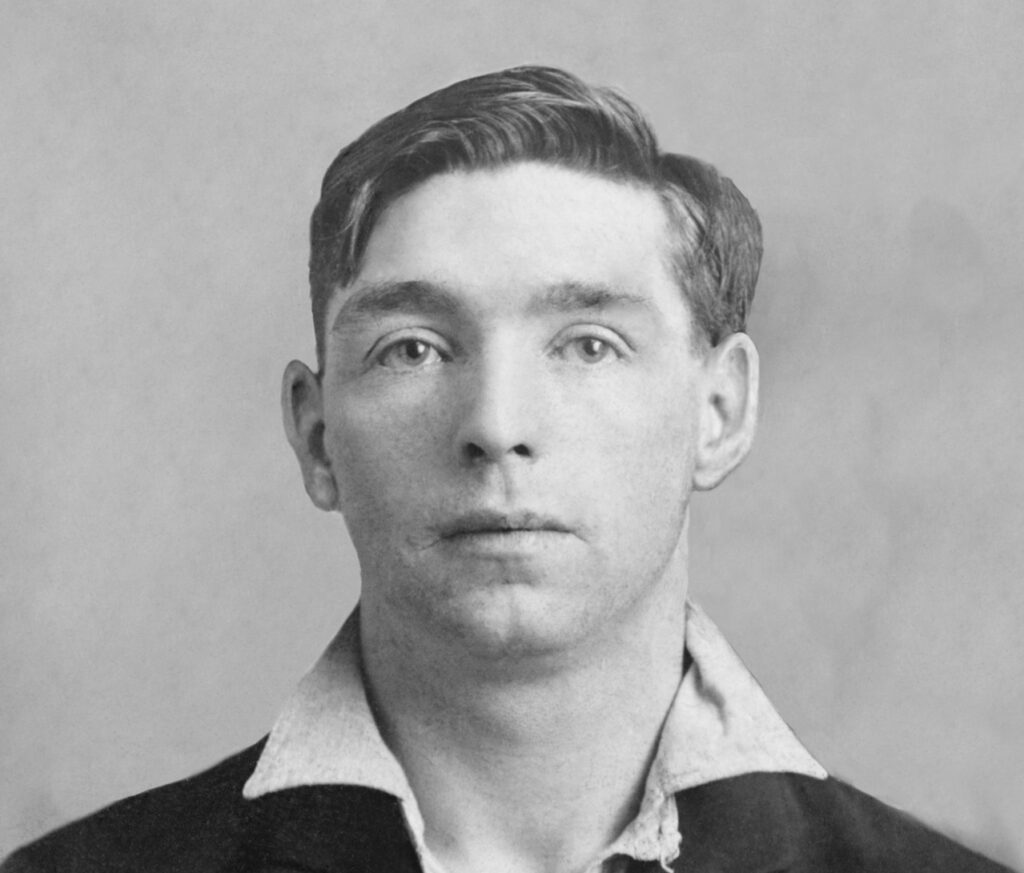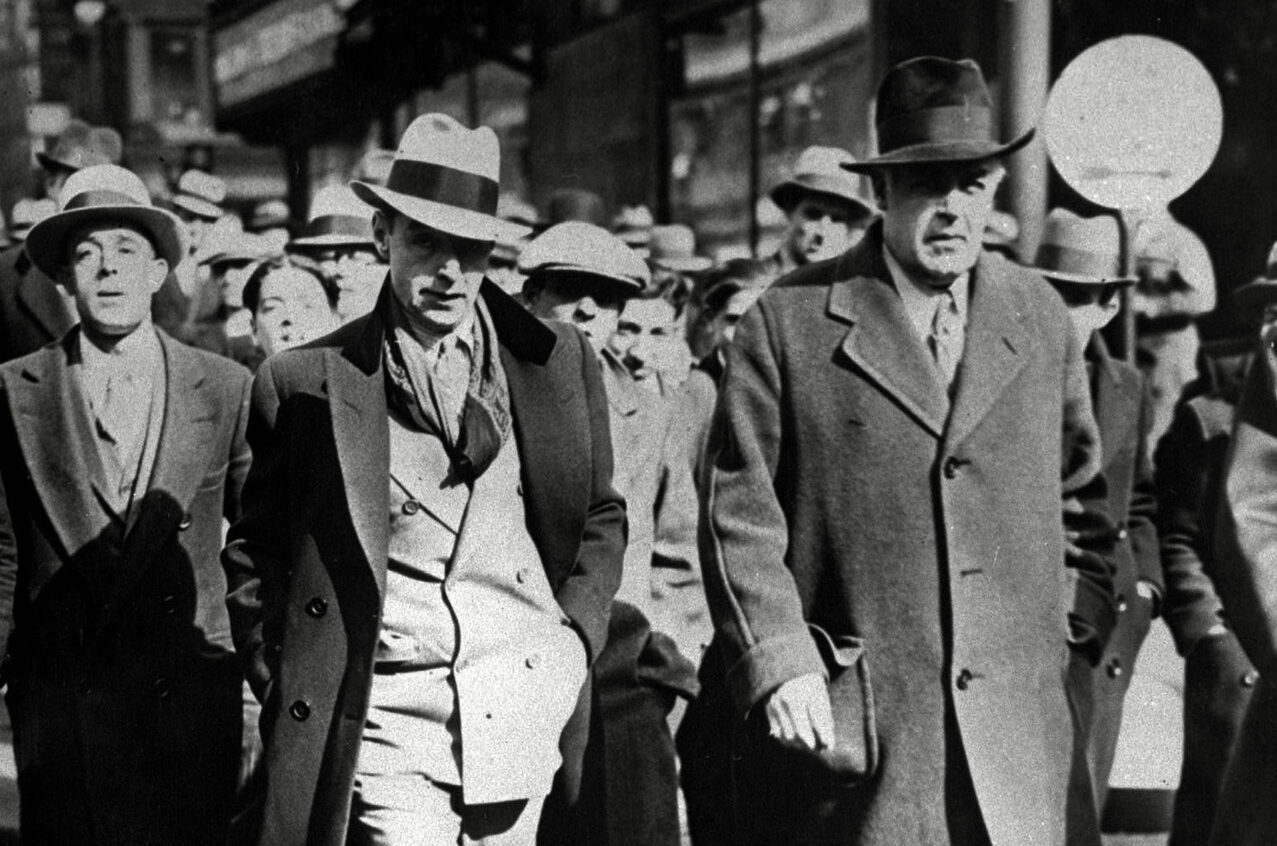The pigeon among the fat cats
Born in Leeds and raised in Wigan, it was in New York that Owney Madden made his name as The Killer. A notorious gangster during Prohibition, he was a showman at heart and also a keen pigeon fancier
A little after midnight on 8 February 1932, Vincent Coll was pulling his usual schtick in a phone booth on Eighth Avenue and 23rd Street, Manhattan.
A major figure in New York’s organised crime scene of the 1920s and early 1930s, Coll had earned his nickname of Mad Dog for being one of the most ruthless hit men in the business.
He was attempting to extort $50,000 from the man on the other end of the phone, with the threat that if he didn’t pay up his brother-in-law would be kidnapped by his gang. But the man on the line was no pushover. He was simply keeping Coll on the phone long enough for a hit squad to turn up and pepper the glass-fronted phone booth with submachine gun bullets.
Mad Dog he might have been, but Coll should have known better. The man who he was talking to was known as The Killer – Owney Madden, one of the most feared gangsters in New York’s mobster heyday. Madden had worked the bootlegging gangs during Prohibition, done time in the notorious Sing Sing prison for manslaughter, and ran the legendary Cotton Club. Which was not bad for a lad born in Leeds and raised in Wigan and Liverpool.
Owen Vincent Madden was born 130 years ago, on 18 December 1891, in a long-since demolished terraced house on Somerset Street, Leeds. His parents Francis and Mary were Irish immigrants, forced to come to England by the potato famine, looking for work and a new life.
Francis’s work as a cloth cutter in a Leeds textile mill was hard, with long hours and low pay, and the family, not too long after Owen was born – and had become known to one and all as Owney – crossed the Pennines to Wigan.
We have scant details of Madden’s early life, but what we do know is thanks to the tenacity of journalist and writer Graham Nown, whose 1987 book The English Godfather (later republished with extra information as The Arkansas Godfather) is pretty much the only document we have of Madden’s life and career.
Indeed, it was Nown’s Lancastrian accent that got him a rare audience with Madden’s widow Agnes when he was researching the book, because it reminded her of her beloved Owney. While a major figure in the New York underworld, Madden never lost his North West roots. Indeed, he was famous for not only wearing a cloth cap but for spending his downtime with his beloved pigeons on the Big Apple’s rooftops.
Madden attended a strict board school in Wigan. He was pleased to escape it to go and tend to his dad’s pigeons, which he would proudly watch wheeling over the blackened chimneys of Wigan, a passion he would take with him.
Nown writes: “His prize birds earned him a drawerful of medals as they sailed with the same graceful poetry above the rooftops of New York. He built pigeon lofts on top of the Cotton Club and most of the buildings he owned.”

After several years in Wigan, where Madden spent most of his young boyhood, Francis uprooted the family again, this time to Liverpool, where he found work in a fish mill. Madden had a brief flirtation with show business, supplementing the family income with a few routines in the music halls at a time when they were frequented by the likes of Charlie Chaplin and Stan Laurel – the latter becoming a firm friend in America. Nown suggests that this might have been Madden’s true calling, given the attention to detail he applied to his Cotton Club floorshows, which “always transcended mere investment in the rackets he ran”. Madden was also romantically linked to Hollywood supervamp Mae West, and he bankrolled her Broadway shows.
Madden’s father Francis always had ambitions to take the family to the New World, and had scrimped and saved to assemble the fare. He died before he could realise his dream, but Madden’s mother Mary decided to keep the ambition alive and in 1902 she took Madden, his sister and brother, on the tough 38-day crossing to New York – where they were not greeted by the promised land but a city coping with huge immigration – and a meagre home on 10th Avenue in Manhattan’s notorious Hell’s Kitchen district.
Mary tried to keep her children on the straight and narrow and for the first two years, they were the only family on their block that had not turned to crime to survive. But the harsh realities of life meant that was not going to last. By the age of 14, says Nown: “Owney was on the verge of a wild rampage of murder, ballot-rigging and robbery, which would take him right to the top of the most violent, unpredictable street gang in New York — The Gophers. They called him The Killer, a nickname he hated most of his life.”
Madden’s rise through the ranks of organised crime was inexorable. Violence became a way of life, and he ended up serving seven years of a 10-20 stretch at Sing Sing for manslaughter. When he came out, Prohibition was in full swing, and banning alcohol just meant the mobs stepped in to fill the void. Madden became something of an enforcer for bootlegger Larry Fay, and by 1924 he had set up his own operation, working out of Hell’s Kitchen and hijacking liquor deliveries from other gangsters. Madden got himself a personal chauffeur – a keen young man called George Raft, who went on to become one of the most celebrated gangster movie actors in Hollywood.
Madden loved surrounding himself with celebrities, which led to him purchasing the Cotton Club, among a string of high-class clubs and bars. He had ownership in around 20 premises at the height of his career. He was regularly in the gossip columns and society pages, his smiling eyes and soft-spoken Lancastrian accent belying the fact that he was at the head of one of New York’s biggest criminal empires.
After the shooting of Mad Dog Coll in 1932, the heat was very much on Madden. Darling of the social set he might have been, but his criminal activities were not going unnoticed by the police, by the Parole Board (he had served more time in Sing Sing), and by the revenue men, who claimed he owed $75,000 in unpaid taxes. The Mafia were also taking an interest in his various enterprises and wanted to move in on his businesses and his turf. And then in 1933 J Edgar Hoover and the FBI were casting their baleful glare in his direction.
It was time to get out of New York – the city that had taken him in as barely a teenager had toughened him up, had presented to him a life of crime and had become his playground.
Madden relocated to Hot Springs, Arkansas, where he married Agnes Demby, daughter of the local postmaster. The move coincided with a momentous date for the country — after 13 years, on 5 December 1933, Prohibition was repealed. America could drink legally again. And while this cut, at a stroke, a lot of organised crime’s stranglehold on the booze market, Madden was not quite going straight just yet.
He was, however, leaving the violence and racketeering in New York. Madden moved into illegal gambling and several other what he called “victimless crimes”. He lived there with Agnes until his death, on 24 April 1965. The man who began his criminal career as The Killer and ended up respected by the criminal fraternity as The Duke of the West Side died peacefully in hospital where he had been admitted with a chest complaint and difficulty breathing.
Madden’s gravestone in Hot Springs gives his date of birth as 25 December – a piece of misinformation Madden propagated to confound the authorities and which Agnes didn’t see the point of correcting.
But aside from his grave, there is another legacy that Madden, one of the gangster era’s most famous and luminous figures, gave to his adopted home – and it is pure Wigan.
His early years tending his father’s pigeons gave him his lifelong hobby, which he pursued even to his retirement in Hot Springs where, Nown writes: “He built a white loft on his roof. Homing pigeons were unknown in Arkansas at the time. Now, a generation after his death, they flew wild over Central Avenue, descending in huge flocks to peck for food around the doorways of deserted stores. A cloth cap and pigeons became Owney’s trademarks, rather than the more formal trilby and gun.”

Leave a reply
Your email address will not be published.